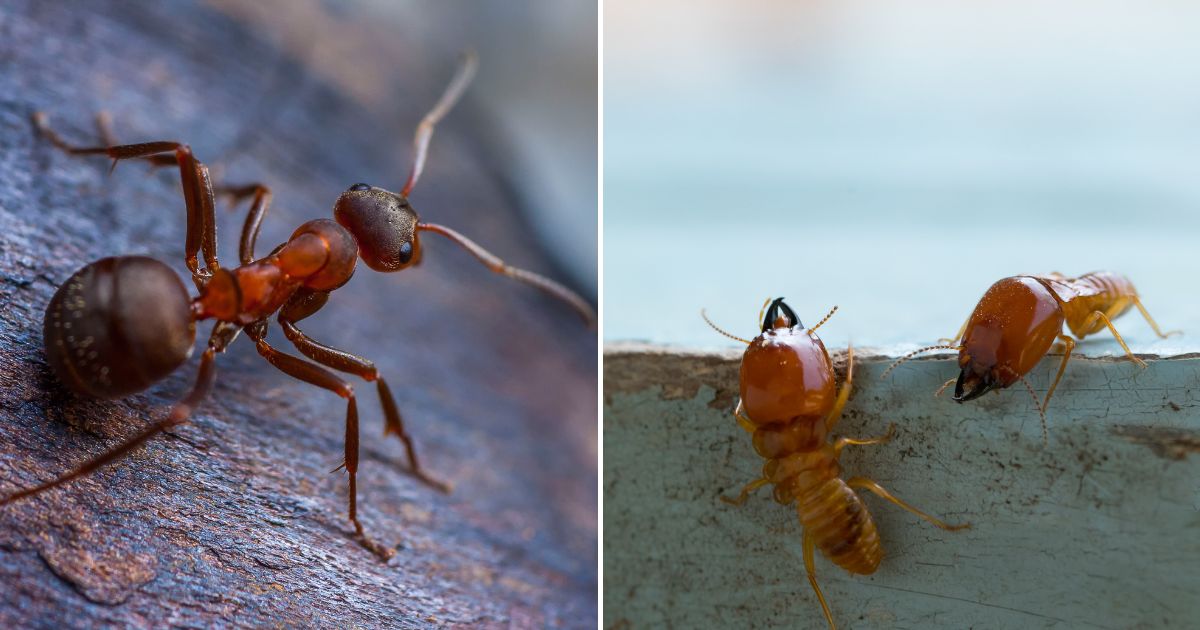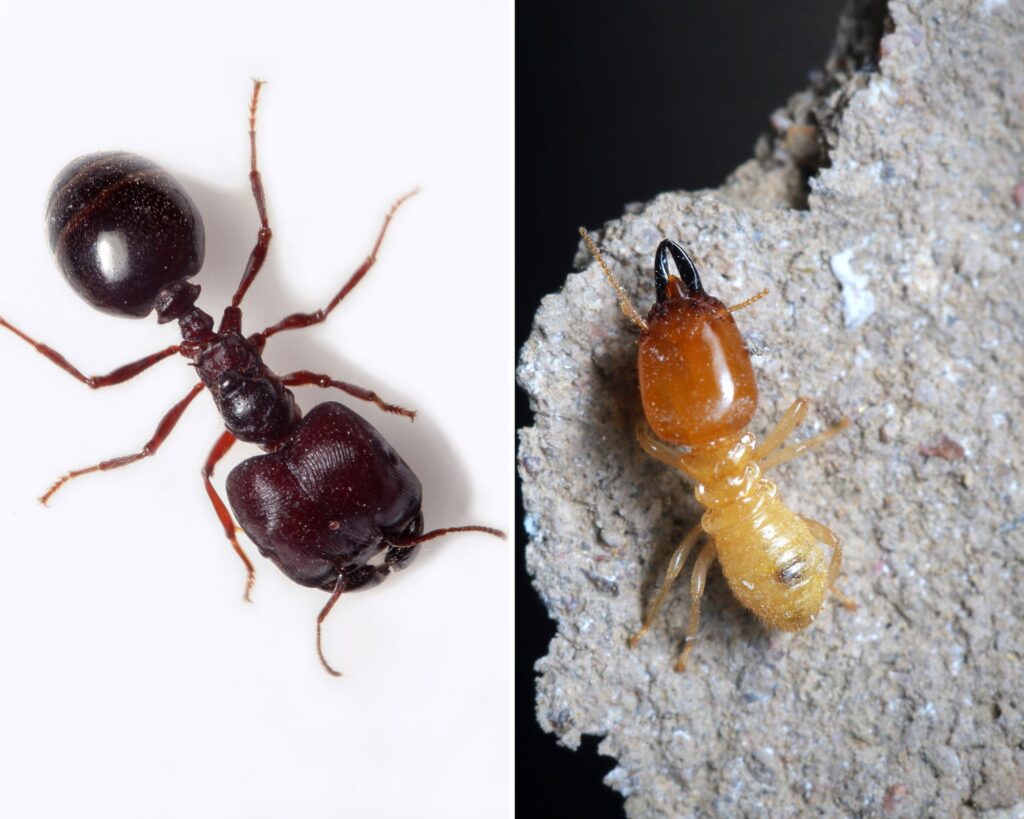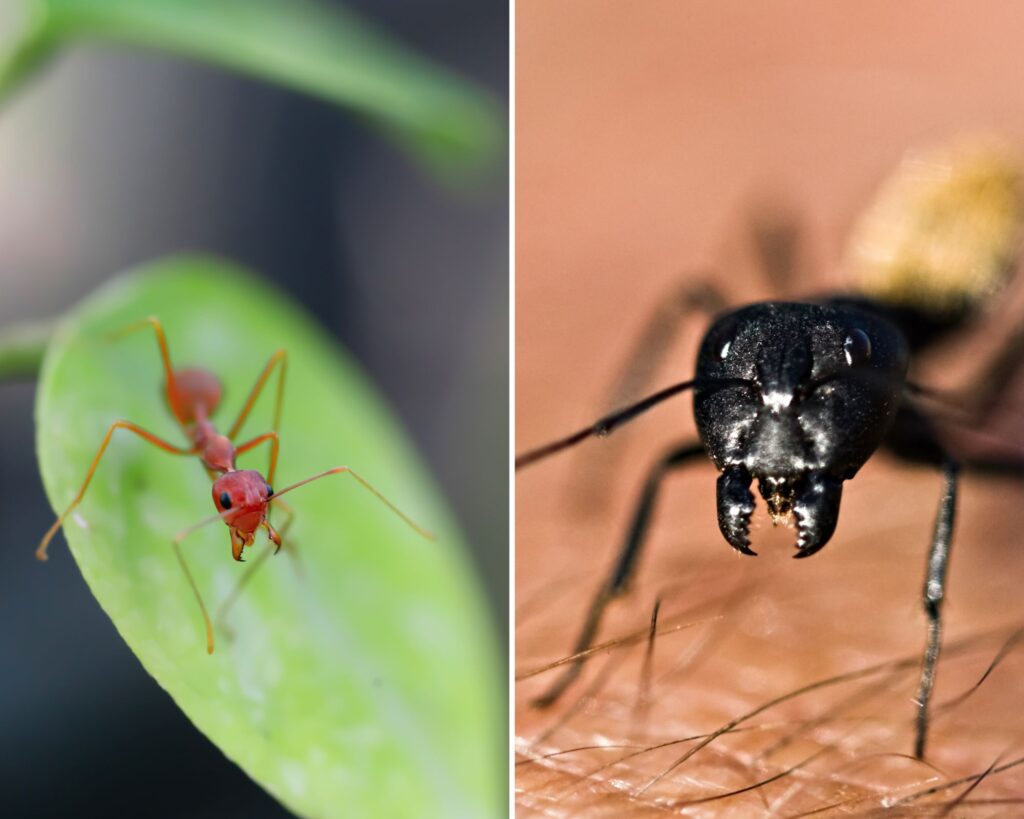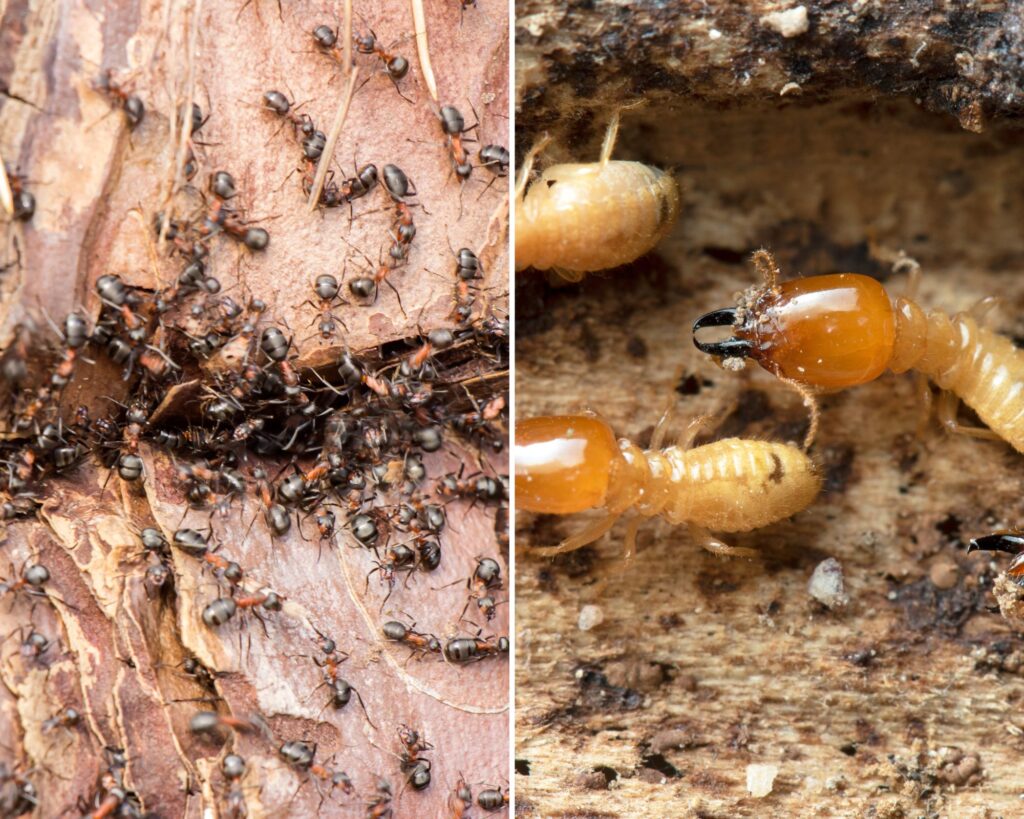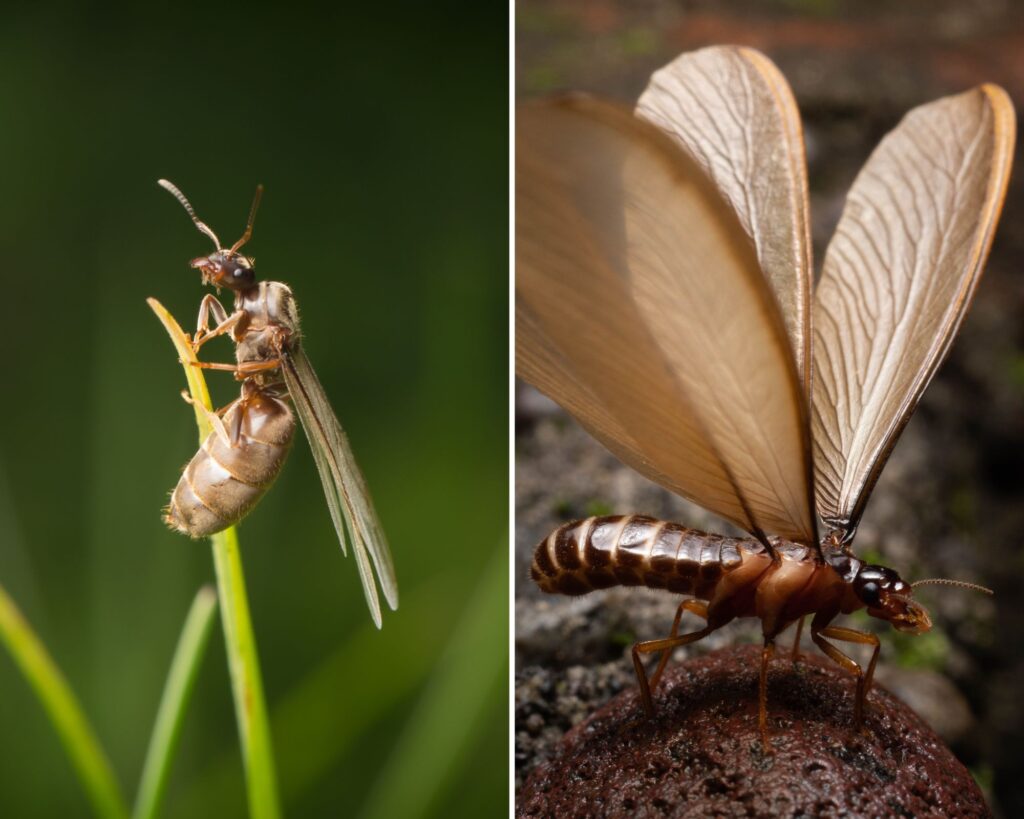Flying ants and termites are often mistaken for one another due to their similar appearances during certain seasons.
However, there are distinct differences between these two insects that can help you identify them accurately.
This guide will walk you through the seven key differences to help you spot whether you’re looking at a flying ant or a termite.
1. Wing Structure
Flying ants have two pairs of wings, with the front pair being longer than the back pair.
In contrast, termites have two pairs of wings that are of equal length.
This difference can be observed when they are at rest, making wing structure one of the easiest ways to distinguish between the two.
2. Body Shape
Flying ants have a narrow, defined waist that separates their thorax and abdomen, giving them a more segmented appearance.
Termites, however, have a more uniform, straight body without a distinctive waist, making them appear more streamlined.
3. Antennae Form
The antennae of flying ants are elbowed, meaning they have a noticeable bend or angle.
On the other hand, termites have straight, beaded antennae.
This feature can be quite telling when trying to identify the insect at close range.
4. Coloration
Flying ants typically have a darker, reddish or black color, whereas termites are generally lighter, often being a pale cream or beige.
The color difference can help identify the insect from a distance or under bright light.
5. Habitat Preference
Flying ants are often found outdoors and are attracted to light, so you might spot them around windows or lights.
Termites, however, prefer dark, humid environments and are often found in decaying wood or soil, rarely venturing into the open.
6. Behavior Patterns
Flying ants are known for their coordinated flights, often seen during nuptial flights in large groups that move in straight paths.
Termites, however, might swarm in more chaotic patterns, especially when they are emerging from their nests.
7. Life Cycle
The life cycle of flying ants includes a stage as larvae, pupae, and then adults, similar to termites.
However, termite colonies can grow much larger and have a more complex social structure, with specific roles for workers, soldiers, and reproductive individuals.
